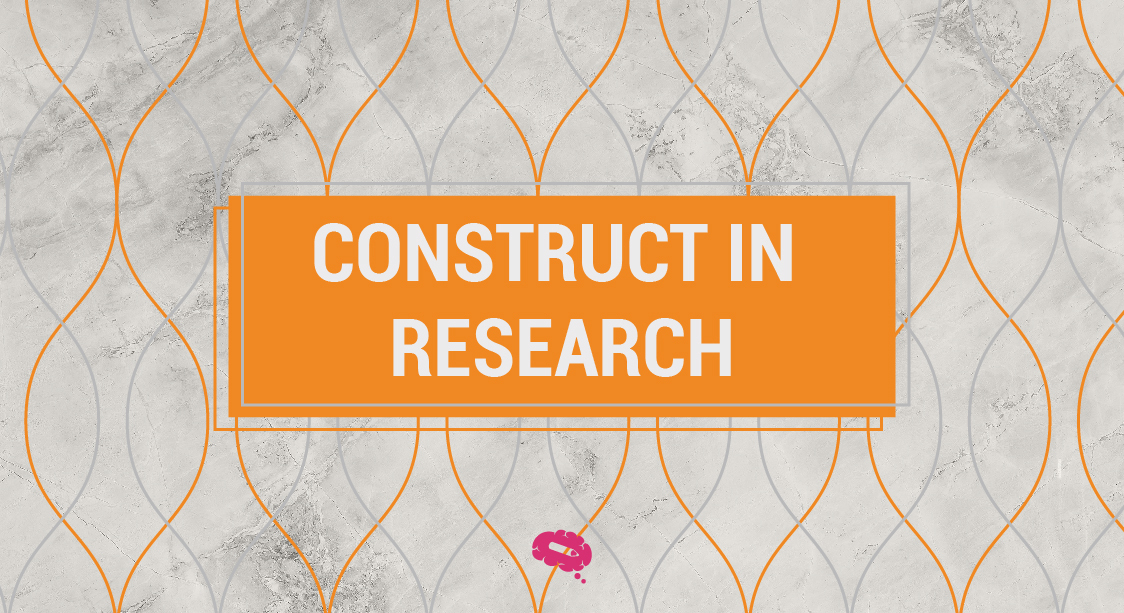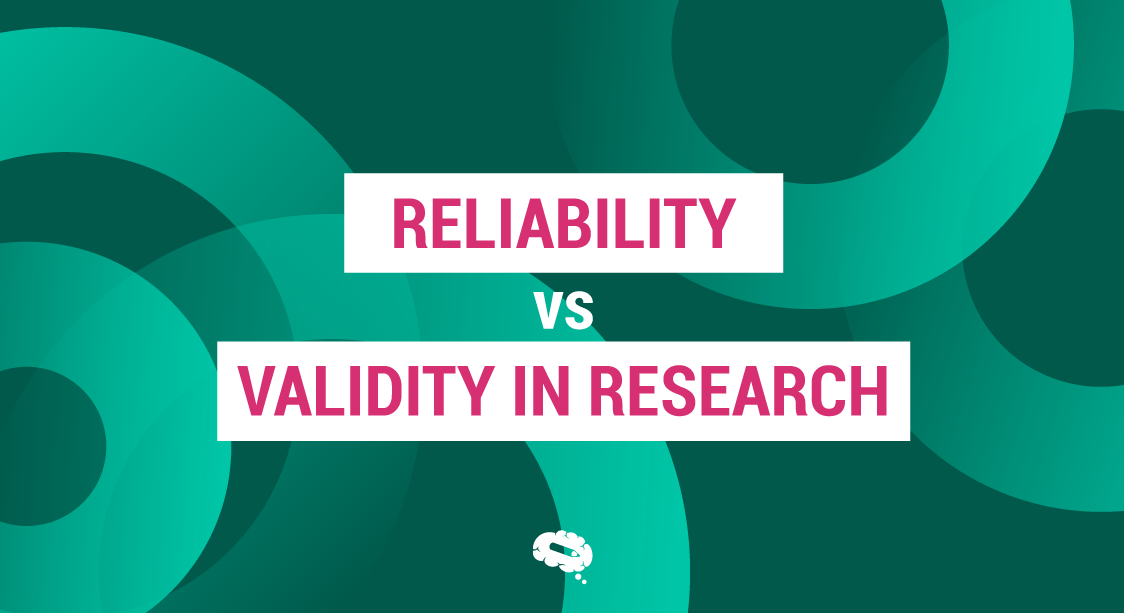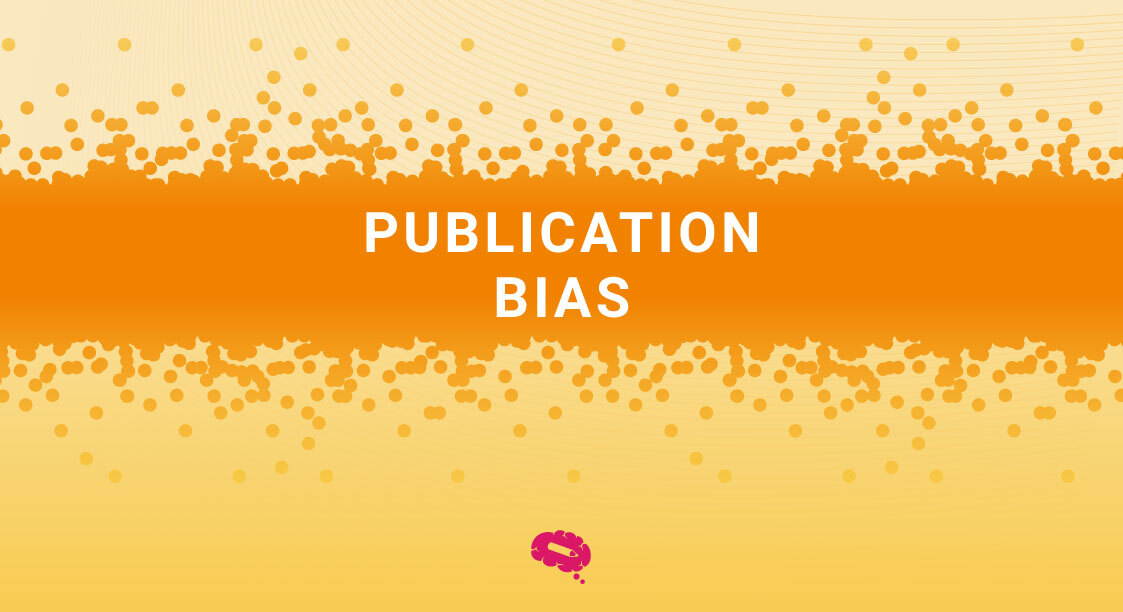You might be wondering, what exactly are constructs? Well, think of them as the building blocks of research – the abstract ideas, theories, or concepts that researchers aim to study and understand. They serve as the foundation upon which investigations are built. But it’s not enough to just have these theoretical constructs; researchers need effective ways to measure and validate them. That’s where construct validity comes into play.
In this article, we’re going to explore the concept of construct in research in detail and know their types and how to measure constructs in real-time.
What is Construct in Research?
In the realm of research, a construct refers to an abstract concept or idea that is being examined or studied. It represents a theoretical or hypothetical entity that cannot be directly observed or measured. Constructs are often used to explain and understand complex phenomena or relationships in various fields of study.
Researchers often develop constructs based on existing theories or observations and use them as a foundation for designing experiments or conducting investigations. Constructs serve as the building blocks for formulating hypotheses and developing research questions. They provide a framework for organizing and interpreting data, allowing researchers to explore and evaluate the underlying factors or variables contributing to a particular phenomenon.
Constructs play a fundamental role in advancing knowledge across numerous disciplines, including psychology, sociology, economics, and education. They enable researchers to investigate complex phenomena, identify relationships between variables, and establish theoretical frameworks that contribute to a deeper understanding of the world around us.
Types of Constructs
In research, constructs can be broadly categorized into three main types:
Latent Constructs
Latent constructs are unobservable variables or concepts that are inferred from observable indicators or measures. These constructs represent abstract ideas or underlying dimensions that cannot be directly measured. Examples of latent constructs include intelligence, personality traits, attitudes, and motivation. Researchers use statistical techniques such as factor analysis or structural equation modeling to identify and analyze latent constructs based on their observable indicators.
Composite Constructs
Composite constructs are formed by combining multiple observed variables or indicators. These constructs are created to represent a higher-order concept or construct that encompasses several related dimensions or factors. For example, job satisfaction may be a composite construct comprising indicators such as salary, work-life balance, job security, and interpersonal relationships at work. Researchers aggregate or combine these individual indicators to form a comprehensive measure of the construct of interest.
Operational Constructs
Operational constructs, also known as operationalizations, refer to the specific measures or indicators used to assess a construct in a research study. These constructs involve translating abstract concepts into concrete and measurable variables. Operational constructs can include questionnaires, surveys, tests, observations, or any other method of data collection that provides empirical data related to the construct being studied. Researchers carefully design and validate these operational constructs to ensure they effectively capture the intended construct.
It’s important to note that these types of constructs are not mutually exclusive and can often be interrelated. A researcher usually makes decisions about the type of construct to use based on his research objectives, theoretical frameworks, and available measurement techniques.
Measuring Constructs
The process of measuring constructs typically begins with operationalization, which involves defining and selecting suitable measures or indicators. These measures are carefully designed to capture different aspects or dimensions of the construct being studied. They can take the form of survey questions, interview protocols, behavioral observations, or archival data sources, depending on the nature of the research.
There are broadly two ways in which a construct can be studied or measured:
1. Survey Questionnaires
Survey questionnaires are commonly used in research to measure constructs indirectly. They provide a structured and systematic approach to gathering data by asking participants a series of predetermined questions. These questions are carefully designed to assess different dimensions or aspects of the construct being studied.
When creating survey questionnaires, researchers strive to develop items that effectively capture the underlying construct. This involves using clear and unambiguous language, ensuring that questions are relevant to the construct, and covering its various facets comprehensively. The wording of the questions is crafted to avoid leading or biased responses, thereby enhancing the validity of the measurements.
2. Observational Measures
In research, observational measures are employed as a means of indirectly assessing constructs without explicitly referring to them. These measures involve systematic observation and recording of participants’ behaviors, actions, or interactions in specific contexts relevant to the construct of interest.
Observational measures allow researchers to gather objective and real-time data about participants’ observable behaviors, providing insights into the underlying construct. Researchers carefully design observation protocols or coding schemes to capture specific indicators or dimensions related to the construct.
During the data collection process, researchers observe participants in natural or controlled settings, focusing on behaviors or actions that are relevant to the construct being studied. They use their expertise to identify and record specific behaviors, often using predefined categories or criteria. These categories may be established based on existing theories, prior observations, or expert consensus.
Construct Validity
Construct validity is a critical concept in research that pertains to the extent to which a measurement instrument or operationalization accurately and effectively captures the underlying construct it intends to measure. It assesses the degree to which the measurements align with the theoretical meaning and conceptualization of the construct being studied.
Two types that researchers extensively use to check for construct validity are:
1. Construct Convergent Validity
Convergent validity examines the extent to which a measurement instrument correlates positively with other measures or indicators that assess the same or similar construct. It involves demonstrating that the measurement instrument is positively related to other measures that theoretically should be associated with the construct. This provides evidence that the instrument is capturing the intended construct effectively.
2. Construct Discriminant Validity
Discriminant validity evaluates the extent to which a measurement instrument does not correlate strongly with measures or indicators that are conceptually distinct from the construct being studied. It involves demonstrating that the instrument has low or insignificant correlations with measures that should not be strongly related to the construct. This indicates that the instrument is distinct and specific to the construct under investigation.
Threats to Construct Validity
When conducting research, there are potential factors that can pose threats to construct validity, which refers to the extent to which a measurement instrument accurately captures the underlying construct. These threats can impact the validity of the measurements and potentially lead to erroneous or misleading conclusions.
Poor Operationalization
Poor operationalization refers to situations where the measurement instrument or methods used to assess a construct do not effectively capture its intended meaning or dimensions. This can compromise the validity of the measurements and introduce inaccuracies or biases in the research findings.
When operationalization is poor, the measurement instrument may not adequately represent the construct being studied. It may lack comprehensiveness, failing to cover all the relevant aspects or indicators of the construct. As a result, the measurements obtained may not accurately reflect the underlying concept or theory.
Experimenter Expectancies
Experimenter expectancies refer to the unconscious or conscious biases and expectations that researchers may have, which can influence the measurement or interpretation of the construct being studied. These biases can introduce systematic errors and compromise the validity of the measurements and research outcomes.
When researchers have preconceived notions or expectations about the results, it can subtly influence their behavior, interactions with participants, or interpretation of data. For example, researchers may inadvertently communicate their expectations to participants through nonverbal cues or unintentional cues in the study design. Participants may then respond in a way that aligns with those expectations, potentially distorting the measurements.
Subject Bias
Subject bias is a potential threat to construct validity in research. Subject bias refers to the influence of participants’ beliefs, expectations, or social desirability on their responses, leading to distorted or inaccurate measurements of the construct being studied. This bias can compromise the validity and reliability of the research outcomes.
In conclusion, constructs play a vital role in research as they represent the theoretical concepts and phenomena under investigation. Construct validity is crucial for ensuring that the measurements used accurately capture the intended constructs. By employing rigorous operationalization techniques, researchers can enhance the validity and reliability of their measurements. However, researchers must also be aware of potential threats to construct validity, such as poor operationalization, experimenter expectancies, and subject bias.
Integrate Information and Illustrations into Beautiful and Impactful Slides
Your presentation is important to entice your audience, but the information in your slides is the secret sauce to grab their attention. To make the most of your presentation, here’s a great tip. Use Mind the Graph to integrate information and illustrations into beautiful and impactful slides. Sign Up now and take your presentations to the next level.

Subscribe to our newsletter
Exclusive high quality content about effective visual
communication in science.








